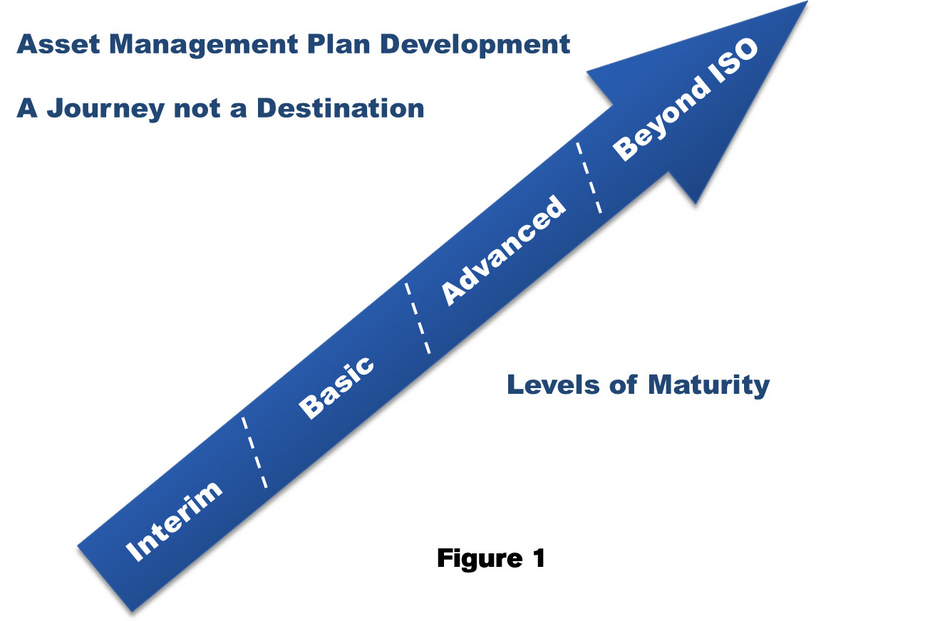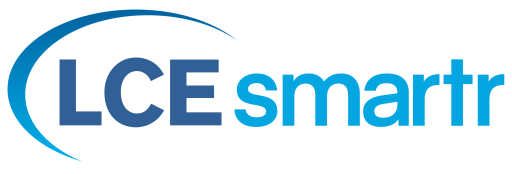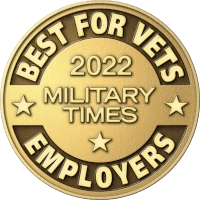Creating Value from Physical Assets
As published in Uptime Magazine
Asset management plans form the cornerstone of an effective asset management system. The recently released ISO 55000 series of standards for asset management clearly defines the importance of asset management plans: they provide the roadmap for achieving value from physical assets by optimizing cost, risk and performance across the asset lifecycle. Asset management plans (AMPs) define the implementation activities necessary to realize an organization’s asset management objectives which translate the strategic intent of the company. The relationship and interdependencies of asset management policy, strategy, objectives, and planning to achieve those objectives clearly demonstrates how important organizational alignment is to the creation of AMPs.
Getting Started
Compliance versus Certification
Even though ISO 55000 has established many of the criteria for creating AMPs, it is not necessary to approach this from a standard certification perspective. Many organizations are deciding to improve how they manage assets in order to achieve compliance to the standard and performance gains while postponing the certification decision. Many companies already maintain other ISO certifications and fully recognize the level of commitment necessary to seek certification. Short of a compelling business case for investing in the certification journey they are content to reap the performance gains without necessarily addressing all the management systems aspects. This decision may impact the overall approach to creating AMPs and should be considered early on.
Asset Definition and Selection
Defining assets that can then be filtered through a selection process may not be as straightforward as it seems. From an expanded view of asset management, there are different levels at which an asset can be managed. At a foundational level, assets are viewed individually. This is the simplest and most easily understood approach. Assets can also be defined and viewed in terms of systems. Examples of asset systems can include networks, production lines or facilities systems (HVAC, wastewater, compressed air). And finally, a third expanded view can define asset portfolios. Examples include classes of oil rigs, business units, real estate, and municipal infrastructure.
Based on how you define assets, they can then be selected for plan development. A defined selection process is the most critical of all concepts in asset management. Assets should be selected based on their criticality and their defined risk to the value stream. A Risk-Based Asset Management (RBAM®) approach should be utilized that includes a defined process for classifying, analyzing, controlling and measuring the effectiveness of the operating and equipment maintenance strategies.
From a pure process perspective, asset definition and selection is most likely an outcome of the strategic asset management plan and the establishment of asset management objectives. The point is to maintain the linkage for achieving organizational objectives within the AMPs.
Understanding AMP Maturity Levels
Another important “getting started” activity involves determining the approach to data collection and analysis. As shown in Figure 1, the commitment to establishing an asset management system capable of providing the necessary information to construct advanced AMPs is often characterized as a true continuous improvement journey.

The simplest way to begin is to gather all existing data and analyses and start constructing the plan. Where data is required but does not exist, it is supplemented by organizational experience and judgment. Documented assumptions fill knowledge gaps. This approach enables AMPs to be constructed quickly. Implementation momentum builds sooner as the organization develops the necessary awareness and desire that is required to sustain the new way of doing business. One disadvantage of this simple approach is that the plans result in a lower level of reliability, with the potential for sub-optimal decision-making.
An alternate approach requires the organization to perform a gap analysis against their existing capabilities and develop a tactical implementation plan for closing those gaps prior to beginning the preparation of the AMPs. This approach requires additional time and resources, but the data and analysis are more complete and the quality of the decision-making is improved.
There can be benefits in developing the first AMP as an interim plan as quickly as possible using existing information. It helps the organization to understand the strengths and weaknesses of current asset management practices and to identify priorities for developing future plans. It can also avoid allocating excessive resources for data collection before the needs are fully understood.
Regardless of how an organization decides to proceed, it is certain that the maturity level of the AMP will evolve and improve over time. The AMP development process will identify capability gaps and opportunities for improvement that must be systematically addressed via a continuous improvement loop. As the sophistication of the asset management system progresses so will the maturity level of the AMPs.
Constructing the Plan
An asset management plan defines the activities that will be implemented and the resources that will be applied to meet the asset management objectives and consequently the organizational objectives.[i]An asset management plan provides the direction to and the expectations for and individual asset or for a portfolio, group or class of assets.[ii]
Asset management plans should be developed to appropriate time horizons for the organization.[iii]The time horizons should meet the organization’s needs and take account of the organization’s period of responsibility and the life of its assets.[iv]
With this in mind, an asset management plan template will help you define the specific activities, resources and scheduling required for an individual asset or a grouping of assets to achieve the organization’s asset management objectives. The maturity level of the asset management plan and the sophistication of the asset management system may impact which sections of the plan are prioritized over others. Here are the recommended sections your AMP template should include:
Asset Management Plan Overview
The overview section identifies the assets within the plan, how the performance of the assets connects to organizational objectives, the stakeholders, and connectivity to other plans or standards. A brief summary of covered assets is also recommended.
Levels of Service
A key aspect of asset management planning is to match the level of service that assets provide to customer expectations. It provides the balance between the cost to deliver and the level required. Specific levels of service include cost, efficiency, quality, quantity, reliability, safety and responsiveness.
The level of service section may include a description of how organizational goals and regulatory requirements impact service levels. Current levels of service and targeted levels of service are necessary to identify gaps that must be addressed in other sections of the AMP.
Future Demand
Future demand provides details of forecasted growth and asset utilization. This section also describes demand drivers, how demand changes may impact assets, demand contingency planning, and investment planning necessary to meet the demand forecast.
Asset Lifecycle Management
This section should summarize how assets will be managed and operated at the agreed-upon service level while optimizing the total cost of ownership at an appropriate level of risk. This section is the most important part of the AMP and includes these subsections:
- Background Information – Provides basic asset information including age, size, capacity, performance, current condition, and current value and asset information management summaries.
- Risk Management Plan – Identifies risks that may affect service delivery. Includes what corporate goal or objective is impacted by the risk, how the risks are identified, how the risks are evaluated (Consequences, Probability, Detectability), and what risk mitigation plans are in place.
- Operating Plan – Includes trends; the decision-making process; defined operating strategies and methods to meet required service levels; how operating tasks are prioritized and risks associated with alternative strategies; and forecasts of planned operating costs.
- Equipment Maintenance Plans – Includes trends; decision-making process defined maintenance strategies and methods to meet required service levels; how maintenance tasks are prioritized and risks associated with alternative strategies; and forecasts of planned maintenance costs.
- Recapitalization Plans and Strategies – Outlines renewal expenditures – major work which does not increase the asset’s design capacity but restores, replaces or renews an existing asset to its original capacity.
- Capital Planning and Strategies – Describes new investment, which creates a new asset that did not exist previously or upgrades or improves an existing asset beyond its existing capacity.
- Disposal Plan – Identifies activities associated with the disposal of a decommissioned asset including sale, demolition or relocation. Contains future forecast of disposal assets including timing and costs, and cash flow forecast of income/expenditures from asset disposal.
Financial Summary
This section should include and summarize all the financial requirements resulting from the activities in the previous sections. The financial summary represents an important link to the other parts of the organization and establishes the value of asset management to the organization by integrating the financial impact of the activities into the company’s financial and strategic plans. The summary should include cash flow forecasts for one to five years and provide the necessary detail on how expenditures are to be treated (capital versus expense) in order to determine optimal funding strategies and timing.
Continuous Improvement
This section should summarize the current and future asset management practices and provide details on the planning and monitoring of the asset management plans and any improvements for the asset management systems. It should provide a demonstrated link back to the deficiencies noted in constructing the other sections of the AMP.
Writing, Reviewing and Maintaining the Plan
Once the assets are selected and the approach defined, it is time to begin writing the AMP. The key is to always keep the objectives in mind and to rely upon the most current and complete data available. Where assumptions must be made, be sure to document those assumptions. In many cases, some sections of the template may provide summary data with references to the exact locations where the data or the analysis is maintained. For efficiency purposes, it is very likely that the AMP will include many such references to specific locations within the asset management system.
Each section of the AMP may be written by different subject matter experts but should be coordinated by a single point of accountability. The entire team should review the AMP for consistency and accuracy. It may also be helpful to have an independent party review the plan for additional insight and understanding. Finally, the plan should be viewed as a living document that is to be updated and maintained in accordance with the established parameters.
A Note on Compliance
If companies choose to pursue a path of certification to the ISO 55000 Asset Management Standard there are several key principles that must be addressed when writing asset management plans. The key requirements are identified in ISO 55001 Section 6.2.2 and can be summarized as follows:
Integration – The AMPs must be fully integrated with other relevant planning activities within the organization. For example, cross-disciplinary planning should support AMP resource estimates, outsourcing assumptions, training (HR) and capital investment planning for example.
Alignment – AMPs must demonstrate alignment to the asset management strategy (SAMP). Activities contained in the AMP should be traceable to “top-down” requirements identified in AM objectives, policy and organizational plan.
Decision-Making Criteria – Planning processes must include decision-making and prioritization criteria. Evidence should exist of how activities and plans are selected and prioritized.
Whole Lifecycle Approach – Organizations are expected to adopt an asset lifecycle management philosophy with both financial and non-financial dimensions.
Criticality – AMPs must reflect the usage of logical business support tools for determining which activities are necessary and the frequency of those activities. The techniques used must be aligned with the criticality of the assets and prescribed actions.
In total, Section 6.2.2 describes 11 (a –k) requirements that an organization needs to determine and document when planning to achieve its asset management objectives. In summary, AMPs must clearly contain what is to be done, what resources are required, who is responsible, when it will be completed and how results will be evaluated.
ISO 55000: Asset management – Overview, principles and terminology. Section 6.2.2.1 Geneva, Switzerland: International Organization for Standardization, 2014. Print.
© Life Cycle Engineering, Inc.















